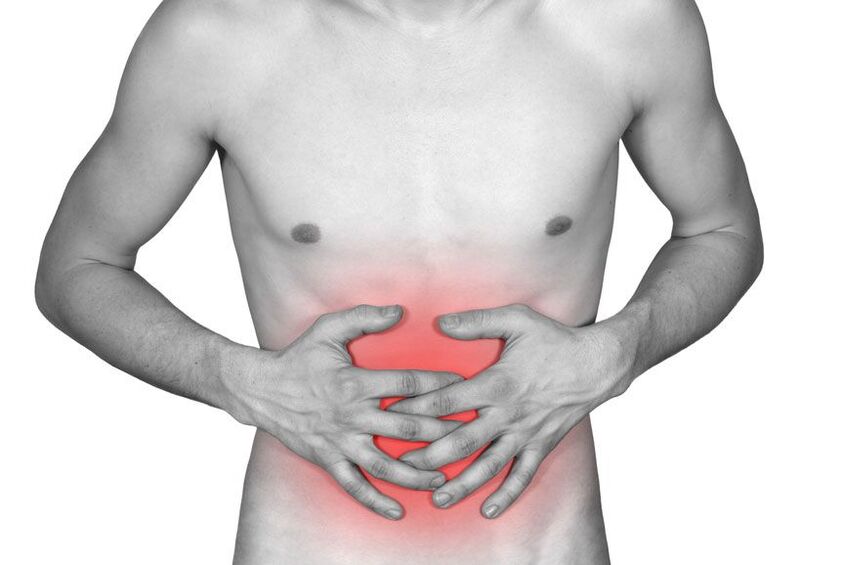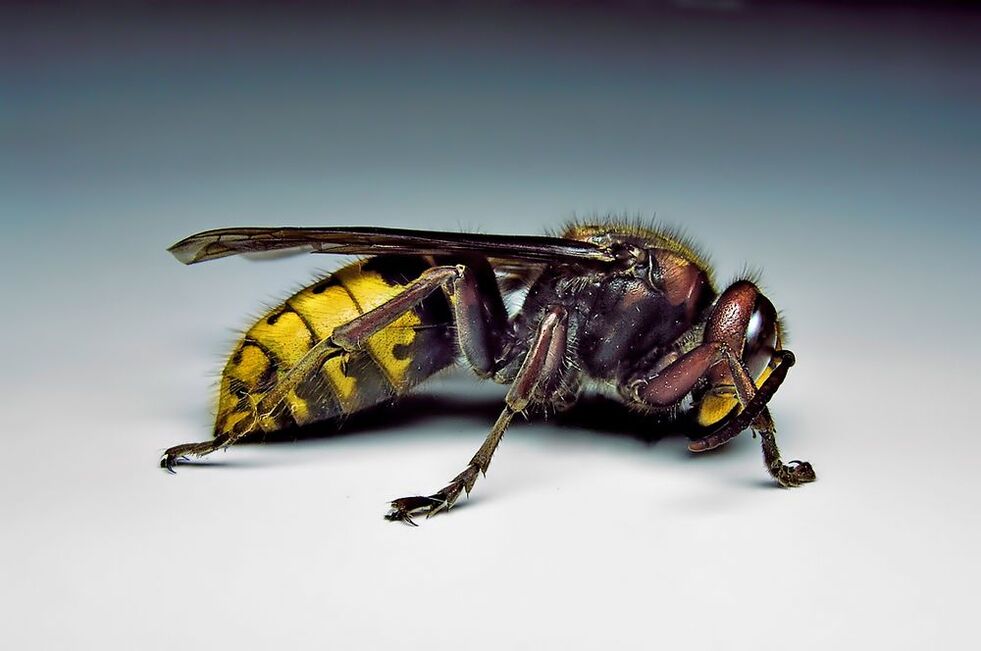Various organisms can inhabit the human body. Those which, due to their vital activity, harm human health, are called parasites. Parasites in the human body are not necessarily worms, they can also be other living organisms that cause harm to humans. Dangerous parasites can inhabit the entire territory of the earth. So what are parasites and how do they affect humans?
Types of parasites
There are more than 2000 representatives of the types of parasites in the human body. They are divided according to type, mode of existence, methods of reproduction. There are also obligate and optional parasites.
Obligate parasites can only live in the host's body. Obligate intracellular parasites are completely dependent on their host, so they do not severely harm it.

The optionals can live part of their life cycle as free life, the other part can be kept in the host's body. All of them can affect various internal organs and tissues. Some of them have existed for a long time and at the same time do not manifest themselves in any way. The appearance of others is accompanied by characteristic symptoms.
Helminthiasis
Human helminthiasis is caused by various worms. At present, there are more than 300 types of helminths in humans. Found among worms, both obligate and facultative parasites. In addition, depending on the form of interaction of the parasite with the host organism, they are divided into two groups: ectoparasites and endoparasites. They belong to different classes and can parasitize in various organs. Worms in humans are one of the most common diseases; geohelminth worms are found more often. The appearance of worms in humans can be provoked, not only with dirty hands. You can get infected with pets, livestock, fish, and dirty water. The disease depends on what types of worms entered the body. To understand what consequences worms can cause, it is necessary to find out what worms are. By knowing what worms are and their characteristics, you can protect yourself from infections.
- nematodes. Most of the worms of this class are parasites. The main differences of this class are: a dioecious cavity, an existing anus, the presence of a primary body cavity. The most common types of helminths in humans are roundworms, pinworms, trichinella, whipworms. Nematodes are geohelminths, that is, a temporary host is not required for their maturation and reproduction. All their vital activity can take place within an organism. Some geohelminths in pets can become dangerous to humans, for example toxocara worms.
- Tapeworms are parasites in the human body that live mainly in the intestine. There are two groups of tapeworms: biohelminths and geohelminths. Most of the worms of this species are biohelminths. For their development, they need to enter the body of an intermediate host, which is livestock, as well as fish and mollusks. The most common tapeworms in this group include bovine tapeworm, broad tapeworm, echinococcus, alveococcus. Tapeworms can reach large sizes, parasitizing the human body. The longest worm: the broad tapeworm can reach 25 meters in length.
- Suckers. One of the most complex organisms that can live in a person. All of these parasites can infect various organs. Any type of worm of this type causes flukes. Trematodes, liver flukes, lanceolate flukes, are flukes.
- Scratcher or spiny worms are among the smallest tapeworms. These types of parasites are quite rare in the human body. You can get them from sick fish. They parasitize only in the intestines, as they do not have a digestive system. Also in the human body there are representatives like giant scrapers.
Protists
Protists are the simplest organisms. They belong to a diverse group of living organisms. Protists cannot be classified as animals or fungi. Protists are single-celled, colonial and less commonly multicellular organisms. Some of them can parasitize in the human body. The most dangerous protists are the malarial plasmodium and the dysentery amoeba. Parasites can cause diseases such as malaria, dysentery. Various types cause serious pathologies in humans. And if they are identified, it is necessary to consult a doctor.
Entomosis
Various insects, especially those living in tropical countries, cause entomosis. Entomosis causes various pathological changes in human organs. Most often, the eyes, skin, and gastrointestinal tract system are affected. A variety of insects can cause entomosis:

- Mosquitoes, fleas and insects: they infect through unprotected areas of human skin.
- gadflies and flies: they infect humans, laying offspring in the form of eggs or larvae on skin wounds. You can also become infected with certain types of flies by swallowing their larvae.
All insects that parasitize the human body have the ability to release toxic substances. Depending on the pathogen, the clinical picture appears. Insects can have an allergic and mechanical effect on humans.
TOP - 7 most common parasites
Parasites living in the human body can cause serious diseases. We offer the top 7 most disturbing and terrible parasites that can inhabit the human body. From the list you can find out which parasites live in different countries and how they are dangerous.
- Filaria.A long, thin worm found in tropical and subtropical areas. The parasite is carried by mosquitoes. Heartworms cause such a terrible disease as elephantiasis. In countries where the parasite is found, more than one hundred and twenty million inhabitants suffer from elephantiasis. Heartworms, parasitizing in the body, clog the lymphatic vessels. Subsequently, the person begins a strong growth of the limbs.
- Anisakids.Anisakid larvae have long been considered harmless. But in the mid-20th century, scientists discovered that the disease of anisakidosis can even lead to death in some cases. You can become infected with parasites from poorly processed seafood, including fish. Anisakids are one of the most terrible parasites in humans. Anisakid's larvae entering the stomach provoke the formation of tumors and the development of ulcers.
- One of the most famous parasites is the bovine tapeworm.Having been infected with a worm through dirty hands or raw meat, a person may not be aware of the disease for a long time. Geohelminths of this species cause severe weight loss. In its dimensions, being internal to the owner, it can reach several meters. Sometimes they live in the body for many years, without manifesting themselves at all.
- Schistosoma.With the development of tourism, this type of parasite began to expand its geography. Living in tropical wild forests, the schistosome parasite can enter the body when swimming in water bodies. It can cause severe liver and bladder disease. Especially dangerous for children. In the child's body, schistosome causes the development of anemia and is capable of stunting growth.
- Risht.It inhabits the subtropical regions of Asia and Africa. Dracunculiasis, which causes Guinea worm, is a dangerous disease. During the deposition of the larvae by the female Rishta, it breaks through the host's skin. The person feels severe pain and itching. There is a great risk of getting dracunculiasis when drinking dirty water.
- Parasites primarily affect the digestive tract, liver and skin. But there are species that live in the brain, such ascysticercus.They can live up to 30 years, causing mental disorders: hallucinations, depression, short-term memory loss.
- Toxoplasma.One of the most common helminths on earth. Toxoplasmosis is of two types: congenital and acquired. In the first case, the infection occurs in the uterus. Most often it causes severe pathologies and leads to the death of the fetus. Acquired disease affects the central nervous system and can cause brain cancer. Toxoplasma often causes schizophrenia to develop.




























